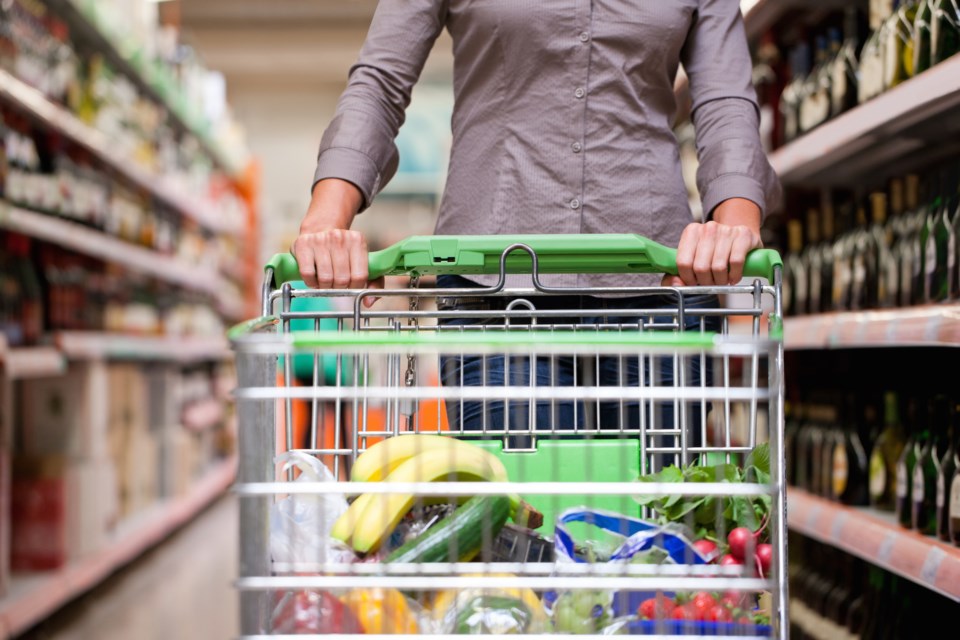According to Dr. Charles Gardner, medical officer of health with the Simcoe Muskoka District Health Unit, a definitive source of transmission has been determined in a little more than 70 per cent of local COVID-19 cases as of Oct. 20.
“About 29 per cent of our cases we consider to be community-acquired, which means we don’t know exactly how they acquired their infection,” said Gardner.
There are four main sources of transmission listed on the health unit website when they report new COVID-19 cases: close contact, community-acquired, institutional outbreak or workplace outbreak.
When the health unit refers to a close contact, this means transmission has happened by coming in contact with a known case. People who are in close contact with others, for example who live in the same household, or gather with friends to visit without physical distancing and/or use of a face covering, can all be at risk of getting COVID-19 from someone who has the virus.
These types of contacts may be considered high-risk if you have been within two metres (six feet) of a positive case for at least 15 minutes.
When a case is listed on the health unit site as community-acquired, typically that means the health unit does not know how the transmission took place.
COVID-19 most commonly spreads from an infected person to another person through breathing in someone's respiratory droplets after they cough, sneeze, laugh or sing. It can also be transmitted through contaminated surfaces by touching something with the virus on it, then touching your mouth, nose or eyes with unwashed hands. Common greetings such as handshakes, hugs or kisses can also be sources of transmission
The health unit will also report if there is an outbreak in a specific institutional or workplace setting.
The original source of the Simcoe Manor outbreak in Beeton is still under investigation by the health unit as of Oct. 20.
“We often do not know exactly how these outbreaks begin, or how (COVID-19) is brought into the facility,” said Gardner. “The majority of the time, they begin with staff cases, at least they’re the first cases we know of. There is routine testing that happens every two weeks for staff but that can easily miss people who are incubating but don’t yet have a positive test result.
“In this case, we don’t know yet. We’ll have to wait and see in regards to future communication about that outbreak,” he said.
According to a report by CBC News, Canada’s COVID-19 Alert App has been downloaded to nearly 4.7 million phones since its launch in July. Figures provided by the Ontario government show COVID Alert users have reported 1,354 cases through the app since its launch.
Public Health Ontario has reported more than 25,000 lab-confirmed cases of COVID-19 since July.
The app is available in all provinces excluding British Columbia and Alberta. According to the Government of Canada website, it works by creating a random code. The app uses Bluetooth to exchange random codes with nearby phones. The code is a randomly generated string of digits and letters that changes every five minutes, so it cannot be used to identify users.
The app does not have access to your name or address, your phone’s contacts, or your health information.
Also, the information gleaned through the app is not shared with health units, so the onus is on the user to make sure they get a test should the app alert them one is needed.
“The app provides information only to the owner of the device,” said Gardner. “Privacy is protected and there’s no database where that information is stored. If an individual gets a notification indicating they’ve had an exposure, it rests with them to take action to deal with that.”
“We actually require in the order we’ve issued to the community that people who have had an exposure to COVID need to notify us... they are required to notify us. We don’t have a means by which to find out. We need them to tell us,” he said.



